My Wife Wanted to Divorce Me Over Dinner, but Her Next Move Made Everything Worse

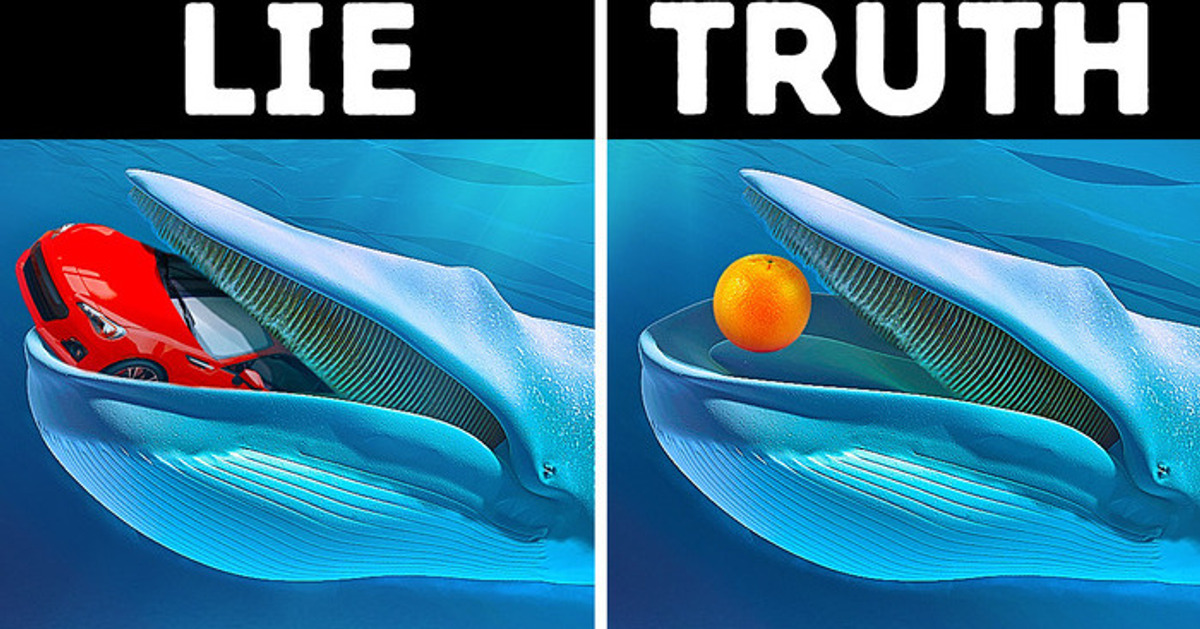
One of the most common animal myths is that mice love cheese. It popped out a long time ago, probably as early as when people started storing food. Since mice are regular visitors to human homes, they were constantly looking for food they could eat.
People used to store grains in glass jars. They also kept their meat hanging high up. But they’d lay the cheese on the shelf, which was an easy target for all unwelcome pantry visitors like mice.
So, they ate it because they couldn’t reach anything better. But a mouse will definitely more likely go after chocolate or some other sweet thing rather than cheese. Who can blame them?
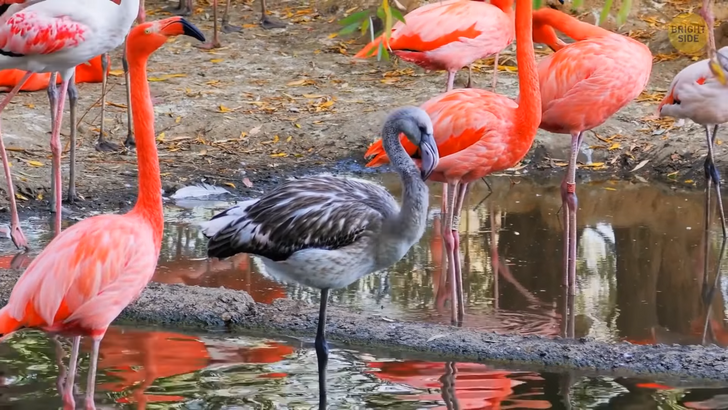
Flamingos don’t really stand in the water on one leg, so they wouldn’t get cold. This is just a simple way for them to spare the effort. It’s exhausting for us humans to stand on one leg. But for them, this is the most stable position possible considering their peculiar anatomy. This pose doesn’t require any muscular work. Now I’m jealous.
One of the most widespread and oldest myths out there is that ostriches hide their heads in the ground every time they’re scared. A long time ago, researchers thought ostriches weren’t very smart because they bury their heads in the ground without being aware the rest of their large bodies are still out there where everyone can see them.
In fact, ostriches do it when they want to swallow sand and pebbles to boost their digestion or just turn over the eggs they lay in their nests. And even then, they technically don’t bury their head but put it near the ground. Otherwise, with its head in the sand, the poor thing wouldn’t be able to breathe.
No reason to think of an ostrich as a frightened bird. Like some other animals, it will flee if it senses there’s a danger coming. And in some situations, it will fight back and defend itself. And that’s one Angry Bird!
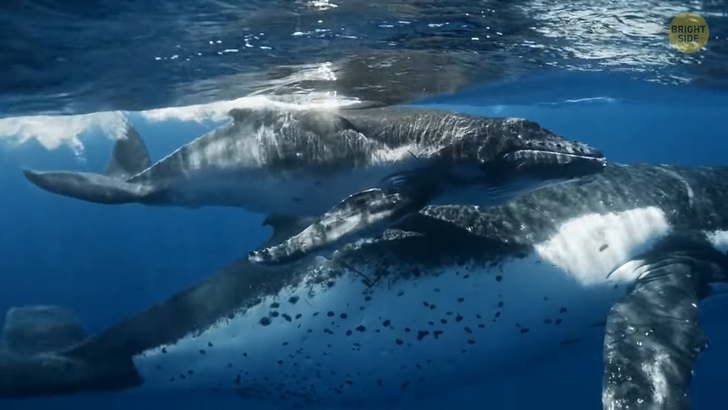
What do you think is the largest thing a blue whale can swallow? Well, we’re talking about the biggest animal ever known to have lived on our planet. It can grow up to 100 feet long, with a weight of 200 tons. Its heart is as big as a car, and its tongue can weigh as much as an average elephant. It’s easy to imagine a blue whale swallowing cars, people, and even small ships, perhaps. It’s all wrong!
The largest thing it can actually swallow is a grapefruit. Its throat can take the size of a small salad plate. Whales feed on small fish, plankton, and marine crustaceans, so they don’t need a bigger throat. But, we wouldn’t be able to survive the juices inside a blue whale’s stomach anyway. It would finish us within 15 seconds, similar to how long we’d last in space without a spacesuit. So don’t try this.
Camels DON’T store water in their humps. We’re talking about animals with extraordinary resistance to some pretty extreme conditions. They can survive even when drinking water only every 8 to 10 days, but not because they have a secret stash on their back. It’s because, when they have a chance to drink, they will swallow 50 gallons of water in one sitting. They mostly use it to replenish 30% of their total body weight — an amount they can lose by dehydration. So they lose a lot of water but quickly regain it.
Their humps are where they deposit fat. But, it’s not for producing water. The oxygen camels would need to inhale would cause them to lose too much water because it would evaporate through their lungs. That’s why they use fat as a nutritional source of energy. This helps them survive in arid regions and times of scarcity.
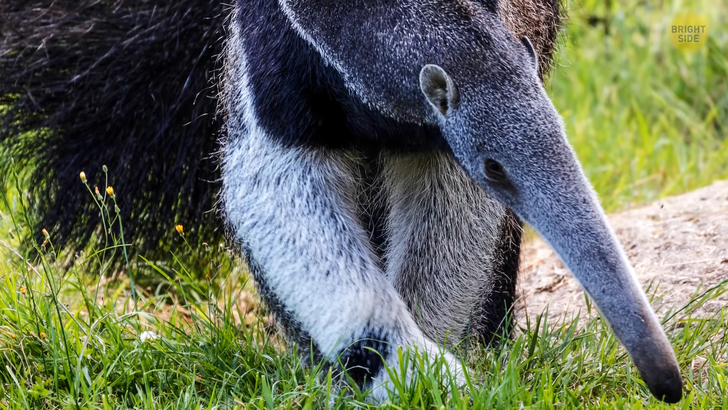
It’s a myth that anteaters vacuum ants using their noses. They don’t go around looking for ants and hoovering them through their long snouts. Anteaters have very long tongues. Giant anteaters have tongues that go up to 2 feet long.
It’s in the shape of a strand of spaghetti and covered in spiny hooks and sticky saliva that traps ants — up to 160 times in a minute, which means they eat up to 20,000 insects in a single day. They open anthills using their claws and then do the rest of the work with their tongue. They don’t have teeth, so they only swallow all the insects they catch.
Movies might have given you a false sense of security when it comes to dinos. Nope, standing very, very still couldn’t save you from a raging T-Rex coming after you. It’s a myth the dino king had bad vision. These beasts may have seen better than modern-day raptors. They had excellent depth perception, something present in today’s animals such as eagles and hawks.
Even if, by some miracle, the dino king can’t see you, or it thinks you’re just a small tree or some other object because you’re standing so still, they had a pretty good sense of smell, so... The better option would be to run because T-Rex is not as fast as scientists used to think — up to 33 mph. Considering their anatomy, they could move at a speed of 12 mph. Anything faster than that would have caused serious bone damage. But, this didn’t stop them from ruling the animal world because there were plenty of dinosaurs way slower than them, so they didn’t have to worry about food.
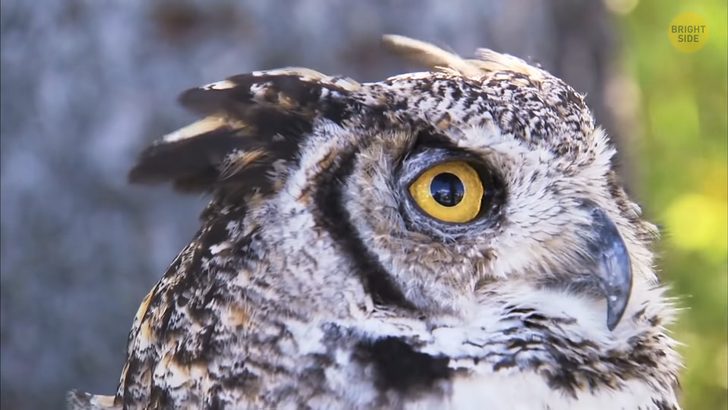
Another misconception states that owls can spin their heads, neither more nor less than 360 degrees. Their head-spinning does have its limit — 270 degrees in one direction. Since they can turn 270 degrees to the left and right, owls have a 540-degree range of motion.
Don’t worry; if you touch a butterfly’s wings, the animal won’t lose its ability to fly. It will survive — despite the common myth that says the opposite. Butterfly’s wings have scales. When you touch them, some scales might shed off. But, it’s not a bad thing because they shed off naturally, too. Because of sheddable scales, they can escape more easily if they get stuck and trapped in spiderwebs.
The next myth has inspired many movies, books, and TV series scenarios, but no, wolves don’t howl at the Moon. They typically howl at night, true, but because that’s the period of time when they’re most active. They’ll also look up while howling since this helps the sound travel. That way, other wolves will hear them from around 6–7 miles away.
And that’s why they howl in the first place — to communicate with each other. They make specific sounds for a certain situation. For example, to help a wolf that lost its pack find its way home. The Moon just happened to accidentally be there while wolves were communicating.
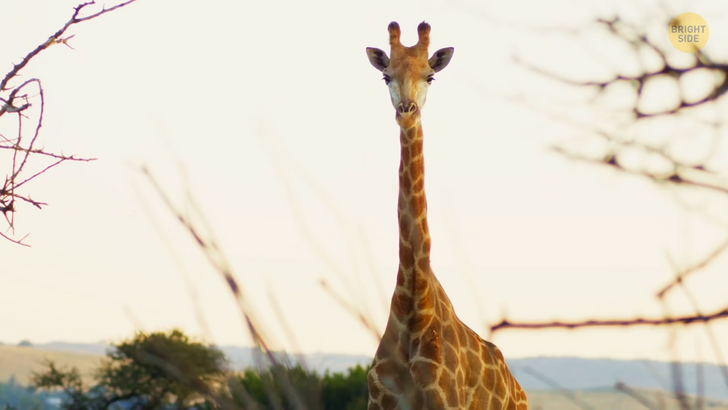
Giraffes only need 30 minutes of sleep a day — it’s another myth! They sleep about 4 and a half hours daily. It’s not that unusual for animal species that are most active during daylight. Studies also showed giraffes usually lay down to sleep for less than 11 minutes at a time.
Many people believe moles are blind. These small, burrowing mammals actually CAN see. It’s just their vision is really poor and only adapted to recognize the light. They are also colorblind.
When they’re searching for food and navigating the dark underground, these creatures mostly rely on their touch and sense of smell. Their sense of touch is sharp, which is why moles can feel nearby vibrations of activity. This helps them avoid danger or find their next meal more easily — like millipedes, worms, centipedes, and other invertebrates. Yum! They’re really fast at digging and can dig a couple of inches per minute.
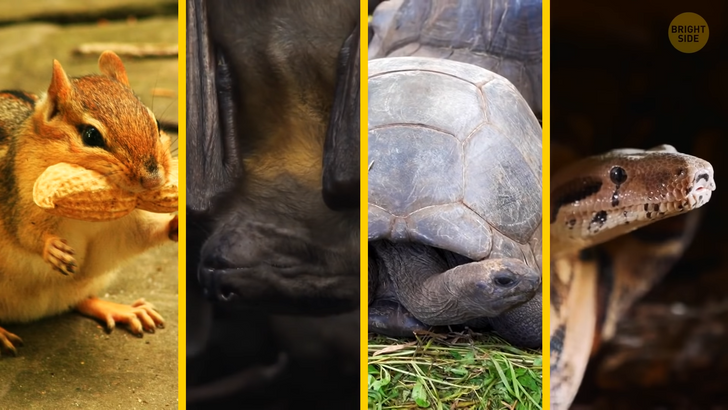
In the winter, animals hibernate not because it’s too cold for them to be outside but because there isn’t enough food during that period. When an animal is in hibernation, its heart rate, body temperature, breathing, and other metabolic activities slow down significantly. That’s how they conserve energy.
Chipmunks, bats, turtles, snakes — they all hibernate during the winter, which saves them energy for other seasons when they get more active and are capable of getting more food. I’d say bears too, but they’re not the “true” hibernators.
If you try waking one up during the winter when you believe the animal is sleeping, you might end up having a bad time. They do slow down, which means they sleep for extended periods of time. They’re still not asleep for the entire winter season. And you can easily wake them during their sleep, so let’s not!
Don’t believe myths; earwigs won’t lay eggs in your ears. Yup, despite their name, they’re not that interested in your ears. Well, at least there’s no evidence they’d want to go there. They prefer to spend their time in dark, moist places such as under tree bark or in soil. So, your ears are off the hook.











